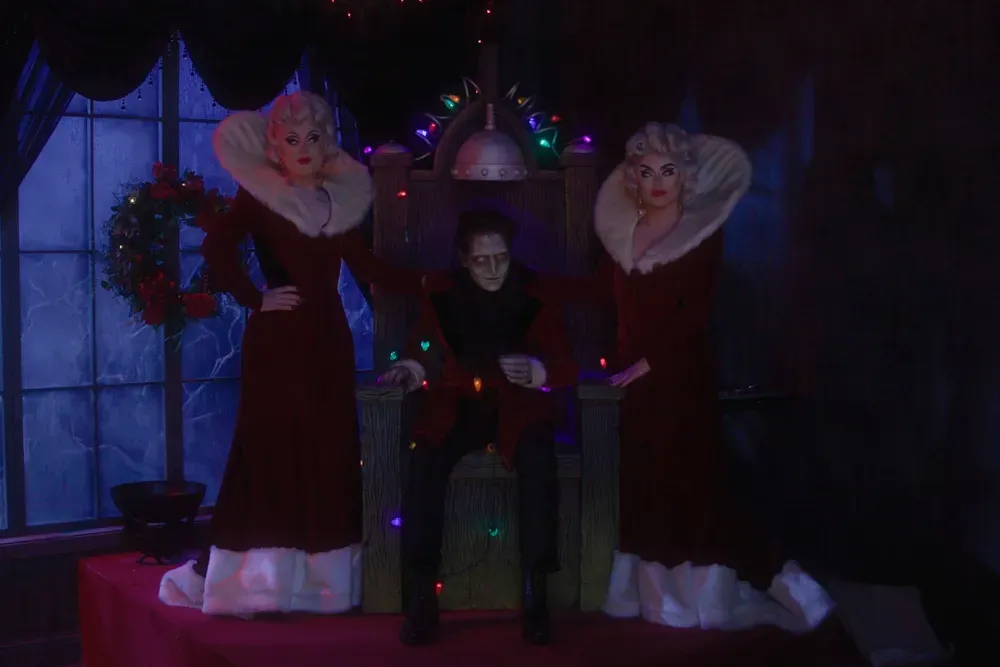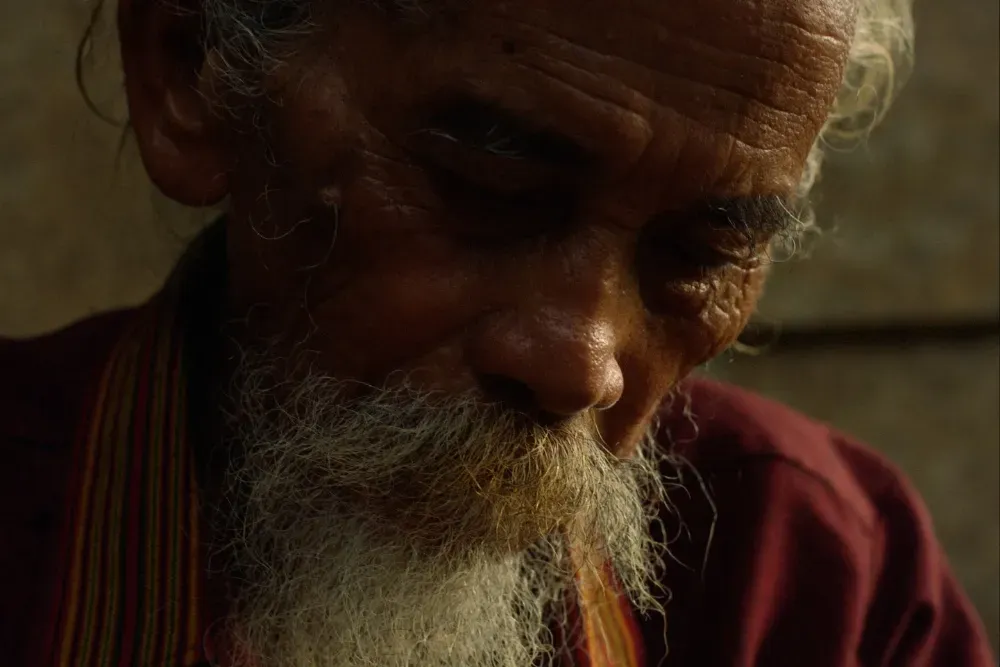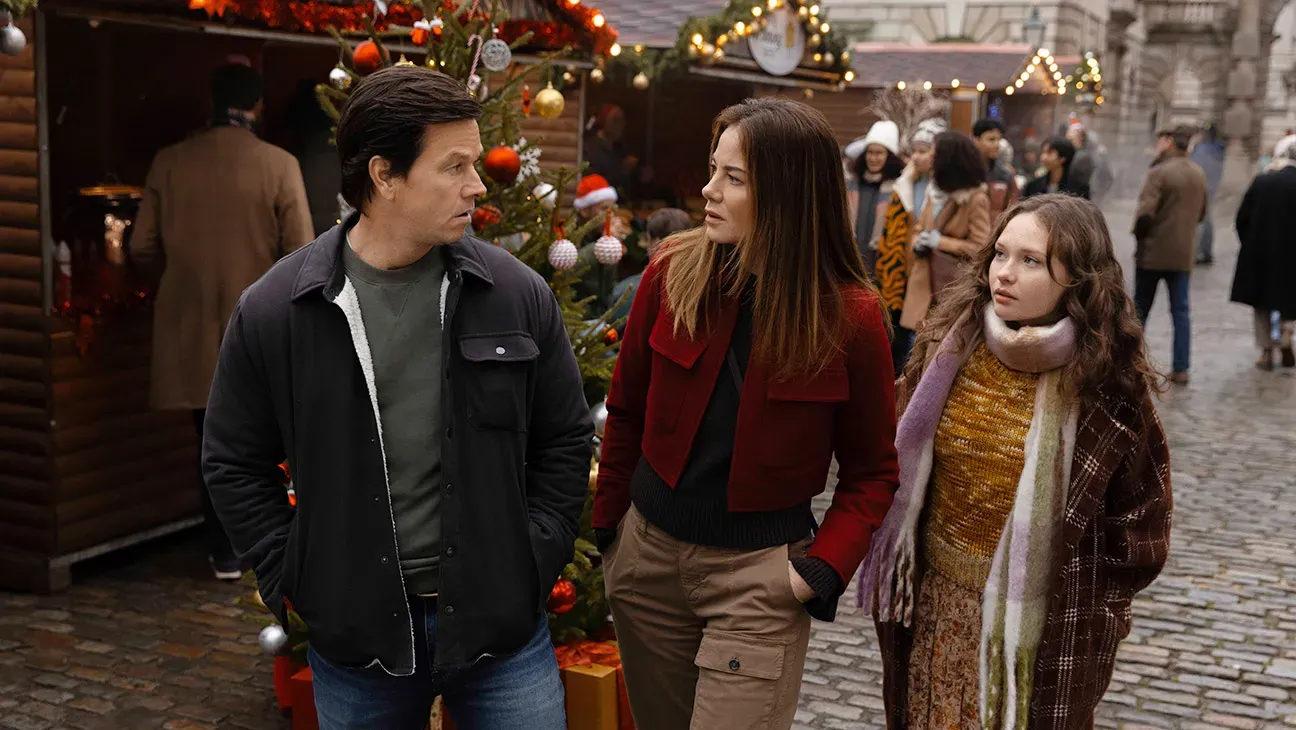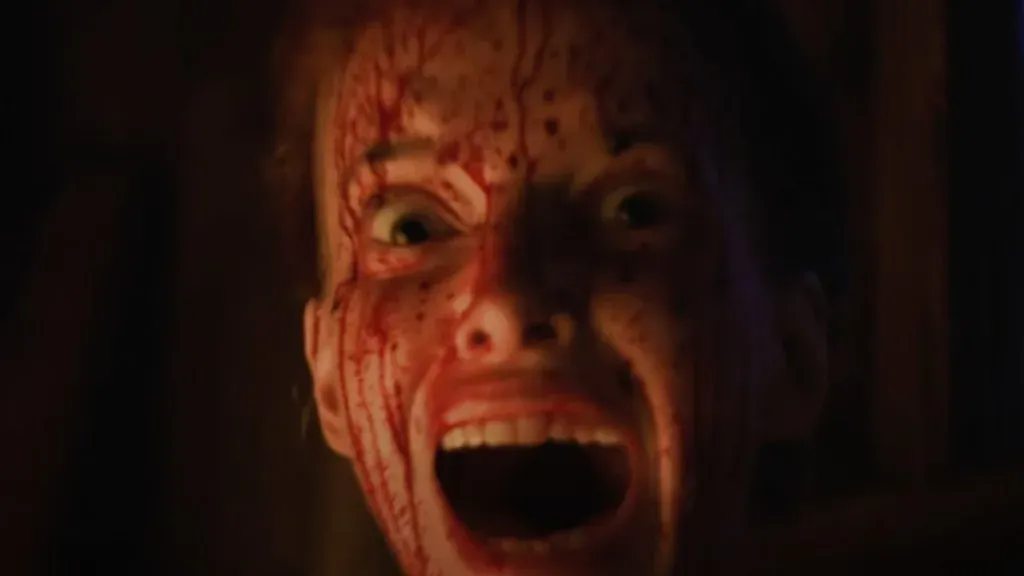
Red Right Hand (2024) - Movie Review
- Feb 28, 2024
"If you're looking to stay alive in this treacherous terrain, a little blood doesn't hurt" - these chilling words are thorwn by an Appalachian drug overlord known as Big Cat (Andie MacDowell) right before she sets her hounds on a law officer. This gives a sneak peek into the deadly themes of "Red Right Hand," a riveting drama penned down by Jonathan Easley in his debut screenplay, with Ian and Eshom Nelms at the helm - the famed duo known for their 2017 film "Small Town Crime."
The movie transports us to the dark alleys of Kentucky, with Orlando Bloom bringing to life the captivating character of Cash, a former addict. He parted from Big Cat's gang at a horrendous cost - his charred right red palm. After losing his sister to drugs, Cash attempts to detach himself from his chaotic past, making a humble abode in a shack on his sister's estate. His life is simple, centered around running the family farm alongside his niece Savannah (essayed by upcoming actress Chapel Oaks) and his alcoholic brother-in-law, Finney (played by Scott Haze).
Yet, escaping their past is often a mirage for characters like Cash. When Big Cat inflicts terror on Cash's family following Finney's failure to repay $100k loan, Cash is unwittingly drawn back into the malevolence he left. Big Cat is consumed by her desire for power, and for her, there's never enough money. Consequently, Cash is pitted against his own past, employing his unique skills as a killer and a people person, entrapped in a whirlwind of dangerous drug deals. Acknowledging the impending danger, Cash and Finney ensure Savannah knows her way around a firearm.
While Bloom's earnest attempt to portray the gritty Cash, replete with tattoos, does leave an impact, there is an underlying sense of artificiality; you see the actor, not the character. If the aim was to stay true to life, the role may have required a more immersive rendition. After all, such gory tales demand a heightened sense of realism.

In contrast, Garret Dillahunt breathes life into the searing narrative, playing Wilder, an ex-gangster turned preacher who builds a bridge between their sins and humanity. His compelling sermons draw parallels with John Milton’s Paradise Lost, reminiscent of southern-style pulp films. MacDowell's performance as Big Cat too stands firmly at these lofty standards. A native southerner, MacDowell's Big Cat is a sinister queen reigning her territory from a grand mansion, a character who instills fear and awe in equal measure, giving rise to the perfect villain.
However, the portrayal of Big Cat's gang feels less convincing, with groomed and polished faces rather than rugged, lived-in looks. Some authenticity in their portrayal is missing. Johnny Derango's cinematography compensates for this, presenting nocturnal scenes that resonate with the essential pulp ambiance. Thanks to the well-lit scenes, audiences can truly see the characters, a feat that has become increasingly rare in contemporary films.
The final showdown, which should have elevated Bloom’s character, disappointingly keeps him in the peripheral. As Savannah and the preacher confront Big Cat, Bloom is mostly seen skulking through the woods towards the compound. The disjointed editing struggles to maintain a balanced narrative.
It's as if the creators discovered that MacDowell and Dillahunt were the driving pulse of the movie. It's as palpable as the movie's dominant point-of-view - a telling narrative of America's love for God, family, guns, drugs, and money - a tale as old as time.







